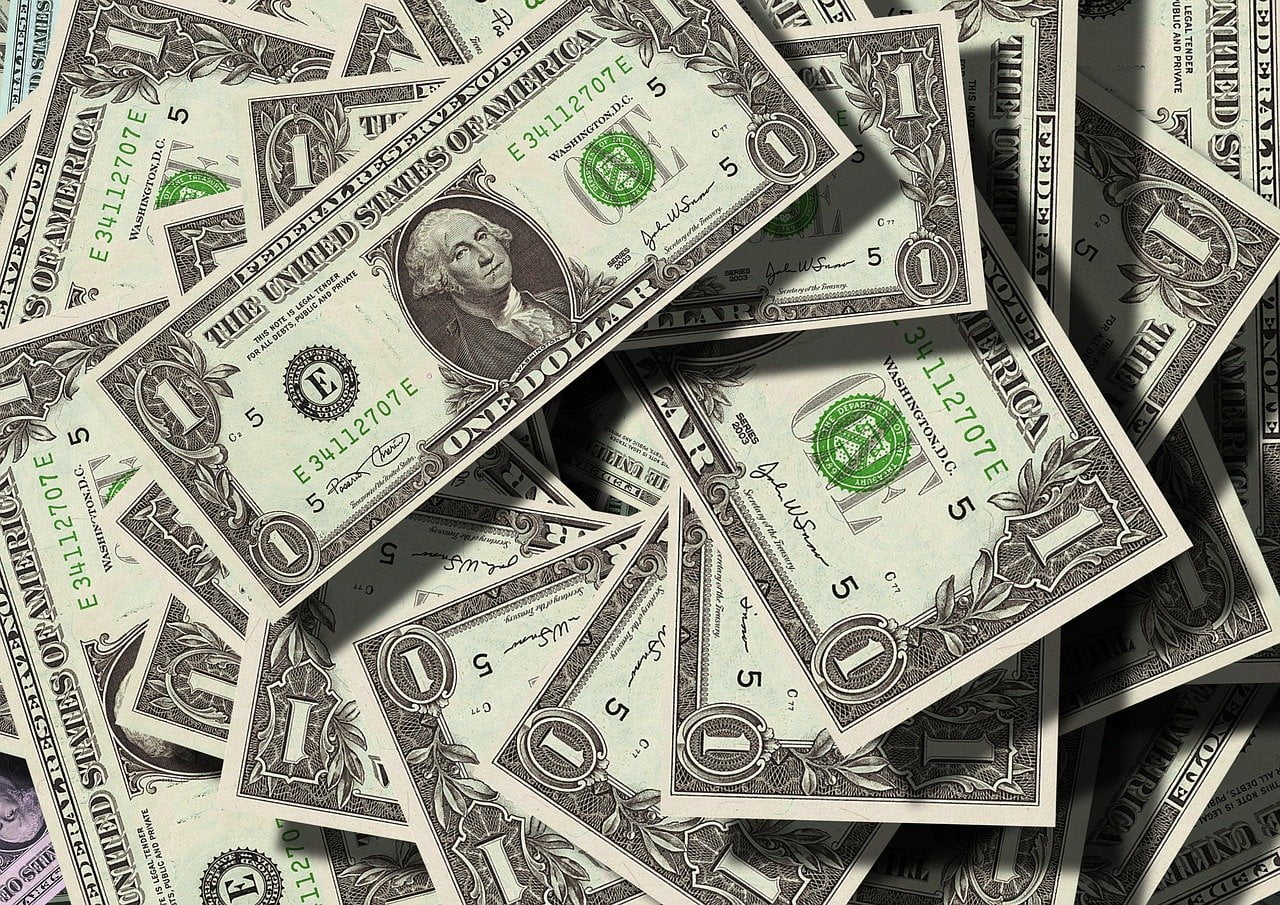Those who are hoping for a second round of IRS Coronavirus stimulus checks still have about a month to wait until negotiations on the next federal stimulus package will begin in earnest. In the meantime, White House advisers, lawmakers and other officials are talking about what should be done.
Q1 2020 hedge fund letters, conferences and more
The next stimulus package may already be starting to take shape even though negotiations aren't set to begin officially until at least July 20.
The burning question on everyone's minds is whether a second round of IRS stimulus checks will be included in the phase four package. The possibility increased dramatically this week when President Donald Trump said there would be a second stimulus check and that it would be "very generous."
Democrats are already sold on the idea, but many Republicans are hesitant because of concerns about the federal deficit. Nonetheless, Trump's statement about sending a second round of IRS stimulus checks does appear to have convinced some Republicans that they need to do so.
The general consensus on the phase four stimulus package is starting to be that a more targeted approach is needed the second time around rather than a second round of IRS stimulus checks for everyone earning up to a certain amount. White House Economic Adviser Larry Kudlow told Fox Business earlier this week that they would probably want to target those who are unemployed and "are most in need."
Even Senate Democrats have said that the second round of IRS stimulus checks should be more targeted instead of being sent to anyone earning more than $99,000 as an individual or $198,000 as a couple. Thus, it seems likely that a more targeted approach could receive bipartisan support in the Senate. The big question would be whether Democrat representatives in the House would be willing to support a more targeted approach.
What would a targeted approach look like?
If lawmakers do take a more targeted approach for the phase four stimulus package, many are wondering what that would look like. It seems obvious that those who are unemployed could receive a second round of IRS stimulus checks.
However, it could be argued that those who are unemployed have already been well taken care of because of the extra $600 in weekly unemployment benefits, which resulted in most getting paid more on unemployment than they were on the job.
A key question would be whether lawmakers would include low-income households in their targeted approach. Many people are still struggling financially even though they have continued to work during the pandemic shutdown.
Effects of the first round of checks
Republicans have been saying that they wanted to see what the effects of the previous stimulus efforts have been before committing to another stimulus package. We are starting to get some data on how people spent the first round of stimulus checks, which could influence who is included in the second round.
For example, CNN reports that the first round of stimulus checks did increase spending, which is what they were meant to do. However, most of that spending came from low-income households as the money enabled them to buy groceries and pay bills.
Unfortunately, the first round of stimulus checks didn't help low-income people keep their jobs because the wealthy cut back their spending significantly. Research from Brown University and Harvard indicates that low-income workers whose jobs are in zip codes where wealthy people live were hurt by the cutbacks in spending among wealthy households.
In fact, since wealthy households didn't really need the stimulus checks, they generally saved the money, which kept it from stimulating the economy at all. It seems clear from this research that the threshold for a targeted approach should be stricter rules on those who are eligible to receive the second round of IRS stimulus checks.
Including individuals earning up to $99,000 meant that many people didn't need the money at all. However, since low-income individuals are the ones who spent the money, it seems like the best way to stimulate the economy would be to target the second round of IRS stimulus checks to lower-income households by setting the income limit much lower than $99,000.
Brown University Professor John Friedman told CNN that it would make sense to send a second round of IRS stimulus checks no only to those who have experienced a significant drop in income but also to low-income households.
Economists have noted that the pandemic isn't over yet. Although Republicans have said they won't shut down the economy again if there is a second wave in the fall, there is still a possibility of widespread shutdowns. As a result, taking a more targeted approach now would allow for more support to be sent out later in the event of another widespread shutdown.
There has been plenty of talk about provisions that could go beyond a second round of IRS stimulus checks. Republicans want to get the economy up and running again, so the provisions they suggest focus on getting people back to work and putting more money in the pockets of working Americans.
Some additional provisions include an extension to the extra $600 in weekly unemployment benefits, which currently expire at the end of July. However, Republicans are unlikely to support the entire $600, so that amount could be reduced.
Republicans are also calling for a payroll tax cut, back-to-work bonus, and a vacation credit to stimulate the domestic tourism industry.













